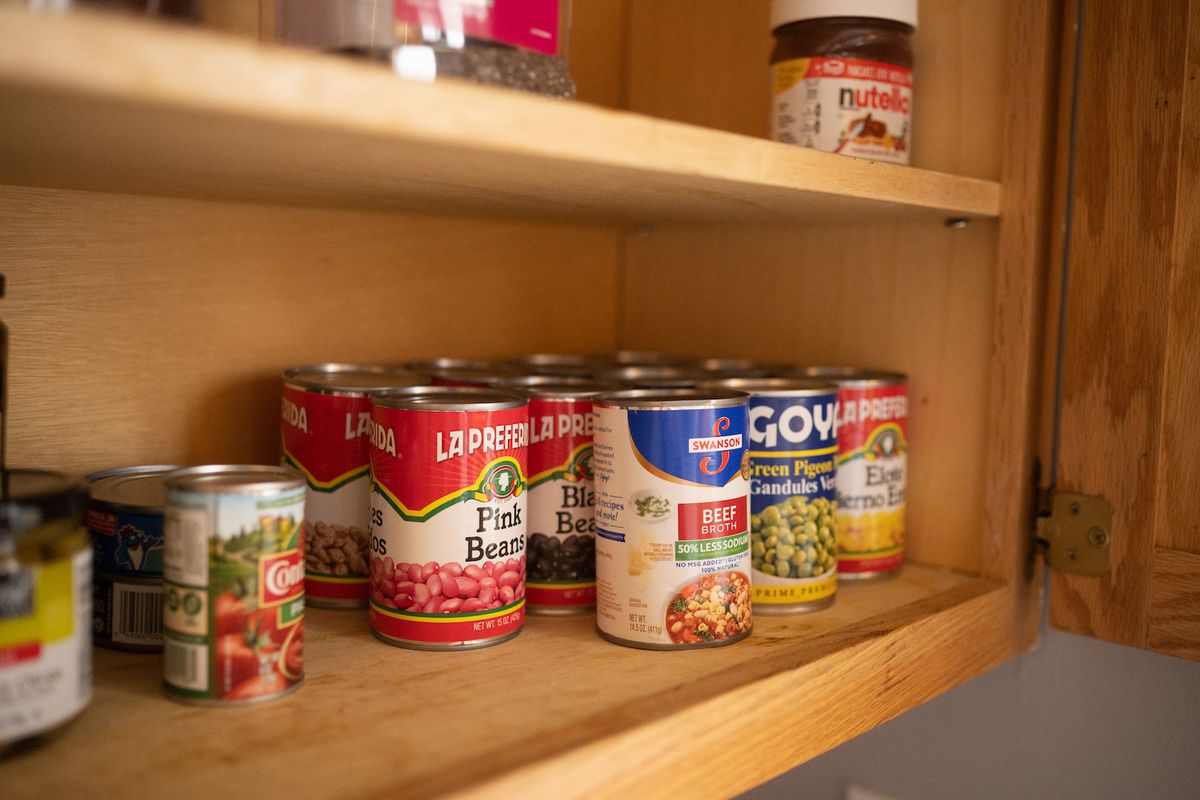

Articles
How To Store Canned Beans
Modified: February 23, 2024
Learn the best methods for storing canned beans to keep them fresh and flavorful. Read our articles on proper storage techniques and tips for maximizing shelf life.
(Many of the links in this article redirect to a specific reviewed product. Your purchase of these products through affiliate links helps to generate commission for Storables.com, at no extra cost. Learn more)
Introduction
Canned beans are a versatile and nutritious staple that can be enjoyed in various dishes, from soups and stews to salads and wraps. Their long shelf life makes them an excellent option for stocking up and keeping on hand for easy meal preparation. However, proper storage is crucial to maintain the quality and safety of canned beans.
In this article, we will explore the importance of storing canned beans correctly and provide helpful tips to extend their shelf life. Whether you are an avid home cook or simply looking to optimize your pantry organization, this guide will help you make the most of your canned bean supply.
Keep reading to discover how to store canned beans effectively and ensure their freshness and taste for an extended period.
Key Takeaways:
- Convenient and Nutritious: Canned beans offer convenience, extended shelf life, and dietary benefits, making them a versatile and healthy pantry staple for quick and nutritious meal preparation.
- Proper Storage Matters: Choosing the right storage location, preparing cans for storage, and following specific guidelines for pantry, refrigerator, and freezer storage help maintain the quality and freshness of canned beans for an extended period.
Read more: How To Store Opened Canned Beans
Why Store Canned Beans?
Storing canned beans is advantageous for several reasons. Here are a few key reasons why you should consider keeping a supply of canned beans in your pantry:
- Convenience: Canned beans are incredibly convenient as they are pre-cooked and ready to use. Having them readily available in your pantry eliminates the need for soaking and cooking dry beans, saving you time and effort in the kitchen.
- Extended Shelf Life: Canned beans have a long shelf life, typically ranging from one to three years. This means you can stock up on them during sales or when they’re in abundance and have a reliable source of protein and fiber for your meals throughout the year.
- Dietary Benefits: Beans are a nutritional powerhouse, packed with protein, fiber, vitamins, and minerals. Including them in your diet offers numerous health benefits, such as improved digestion, reduced cholesterol levels, and better blood sugar control. By storing canned beans, you have access to a nutritious ingredient at any time.
- Meal Versatility: Canned beans can be incorporated into a wide variety of recipes. From classic chili and bean soups to salads, wraps, and even desserts, there’s no limit to the creative ways you can utilize canned beans in your meals. Having them stored allows for quick and easy meal preparation when you’re short on time.
Storing canned beans properly ensures that they retain their taste, texture, and nutritional value for an extended period. In the following sections, we will discuss the steps you can take to store canned beans effectively in different storage locations, such as your pantry, refrigerator, and freezer.
Choosing the Right Storage Location
When it comes to storing canned beans, selecting the right storage location is crucial in maintaining their quality and prolonging their shelf life. Here are a few factors to consider when choosing the optimal storage location:
- A Cool and Dry Environment: Canned beans should be stored in a cool and dry area. High temperatures and humidity can expedite the deterioration process and lead to spoilage.
- Away from Direct Light: Exposure to direct light can cause color and flavor changes in canned beans. Therefore, it is best to store them in a dark area or in opaque containers to protect them from light damage.
- Minimal Temperature Fluctuations: Extreme temperature fluctuations can damage the quality of canned beans. Choose a storage location with stable temperatures, avoiding areas near heating elements or places prone to rapid temperature changes, such as near windows or stoves.
Based on these considerations, the three primary storage options for canned beans are the pantry, refrigerator, and freezer. Each option has its advantages and is suitable for different storage durations. In the following sections, we will discuss how to store canned beans effectively in each of these locations.
Remember, regardless of the storage location you choose, always check the expiration dates on the cans and prioritize using the oldest cans first to ensure the freshness of the beans.
Preparing Canned Beans for Storage
Before storing your canned beans, it’s important to take a few preparatory steps to ensure optimal storage conditions and maintain their quality. Here are some essential tips for preparing canned beans for storage:
- Inspect the Cans: Before storing, carefully inspect the cans for any signs of damage, such as bulging, rust, or dents. Damaged cans should be discarded as they may compromise the quality and safety of the beans.
- Clean the Cans: Wipe down the exterior of the cans with a clean cloth or towel to remove any dirt or debris. This step helps prevent the transfer of contaminants to the storage area and maintains a clean storage environment.
- Remove Paper Labels: While it’s not necessary, you can remove the paper labels from the cans if desired. The labels can sometimes deteriorate or become stuck to the can with prolonged storage, making them difficult to remove later.
- Check for Leaks: Give each can a gentle shake and listen for any unusual sounds that may indicate a leak. If you notice any leaks or unusual noises, it’s best to discard the can to prevent potential spoilage.
By following these steps, you can ensure that your canned beans are in optimal condition for storage. Now, let’s explore the various storage methods for canned beans, starting with storing them in the pantry.
Storing Canned Beans in the Pantry
The pantry is an ideal storage location for canned beans that have a moderate to long shelf life. Follow these steps to store your canned beans in the pantry:
- Choose a Cool Spot: Find a cool and dry area in your pantry to store the canned beans. Aim for a temperature between 50-70°F (10-21°C), as this range helps maintain the quality and flavor of the beans.
- Organize and Rotate: Arrange the cans of beans in a neat and organized manner. Place the newer cans behind the older ones to ensure rotation and use the oldest cans first.
- Avoid Stacking: It’s best to store the canned beans in a single layer, rather than stacking them vertically. This prevents the weight of the cans from damaging the beans and allows for better air circulation.
- Labeling: To keep track of the expiration dates and easily identify the types of beans, consider labeling the cans with a marker or using removable adhesive labels.
- Monitor Temperature and Humidity: Regularly check the pantry temperature and humidity levels to ensure they remain within acceptable ranges. Excessive heat or humidity can lead to spoilage or a loss of quality.
By following these guidelines, you can store your canned beans in the pantry for an extended period, allowing you to enjoy the convenience and versatility of canned beans in your everyday cooking.
Next, let’s move on to exploring how to store canned beans in the refrigerator – an option to consider for short-term storage or once opened.
Store canned beans in a cool, dry place away from direct sunlight. Make sure to rotate older cans to the front and use them first to maintain freshness.
Read more: How To Store Canned Beans After Opening
Storing Canned Beans in the Refrigerator
If you have opened a can of beans and have leftovers or if you prefer to store your canned beans in the refrigerator for various reasons, here are some steps to follow:
- Transfer to an Airtight Container: Once opened, transfer the remaining beans and their liquid to a clean, airtight container. This helps to prevent any odors from contaminating the beans and keeps them fresh for a longer time.
- Label the Container: Ensure you label the container with the type of beans and the date of storage. This helps you keep track of freshness, especially if you have more than one type of canned beans stored.
- Place in the Refrigerator: Store the airtight container with the canned beans in the refrigerator. The cold temperature slows down microbial growth and helps maintain the quality of the beans for a few days.
- Use within a Few Days: While canned beans can last longer in the refrigerator compared to the pantry, it’s best to use them within 2-3 days to ensure optimal taste and quality.
Storing canned beans in the refrigerator is convenient for someone who prefers to have ready-to-eat beans for quick meals or for those who have opened a can and want to store the leftovers. However, for longer-term storage, consider freezing the beans.
Let’s explore the next section to learn how to store canned beans in the freezer for extended shelf life.
Storing Canned Beans in the Freezer
If you want to extend the shelf life of your canned beans beyond what the pantry or refrigerator can offer, freezing them is an excellent option. Follow these steps to store canned beans in the freezer:
- Transfer to Freezer-Safe Containers: Remove the beans from their original cans and transfer them to freezer-safe containers or resealable freezer bags. Ensure the containers or bags are airtight to prevent freezer burn and maintain the quality of the beans.
- Remove Excess Liquid: Drain any excess liquid from the beans before freezing. Excessive liquid can lead to freezer burn and affect the texture of the beans.
- Label and Date: Label the containers or bags with the type of beans and the date of storage. This will help you keep track of the storage time and make it easier to locate specific beans in the freezer.
- Freeze: Place the containers or bags of beans in the freezer and make sure they are placed in a single layer to allow for quicker freezing and easier stacking or organizing.
- Use within Recommended Timeframe: While frozen canned beans can remain safe to eat indefinitely, it is best to use them within 6 to 12 months for optimal taste and quality.
By freezing canned beans, you can stock up on them during sales or when they are in abundance, ensuring you always have a reliable supply of beans for your favorite recipes.
Now that you know how to store canned beans in the pantry, fridge, and freezer, let’s dive into the importance of properly labeling stored canned beans.
Properly Labeling Stored Canned Beans
Properly labeling your stored canned beans is essential for easy identification, organization, and maintaining the freshness of the beans. Here are some tips for labeling your stored canned beans:
- Label Type of Beans: Clearly indicate the type of beans on the label. This helps you identify the specific beans you’re looking for without having to open multiple containers or bags.
- Include Storage Date: Note the date on which you stored the canned beans. This is especially important for items stored in the freezer, as it allows you to keep track of the storage duration and prioritize using older beans first.
- Use Waterproof Labels or Markers: When labeling containers or bags, ensure that the labels or markers you use are waterproof. This prevents smudging or fading due to moisture, ensuring the labels remain readable over time.
- Mention Any Additions or Seasonings: If you have added any additional ingredients or seasonings to the canned beans before storing, note them on the label. This provides a quick reminder of the flavors and helps you plan your meals accordingly.
- Re-label Freezer Burned Containers: If you notice any freezer burn or damage to the label on a container, it’s best to remove the old label and re-label it. This ensures accurate information and easy identification of the stored beans.
Properly labeled canned beans help you maintain an organized pantry, refrigerator, or freezer. It saves time, reduces waste, and ensures you can easily find the specific beans you need for your recipes.
Now that you are familiar with the importance of proper labeling, let’s move on to some valuable tips for extending the shelf life of your canned beans.
Tips for Extending the Shelf Life of Canned Beans
To maximize the shelf life and quality of your canned beans, consider these helpful tips:
- Store in a Cool and Dry Place: As mentioned earlier, it’s essential to store canned beans in a cool and dry location away from direct light and heat sources. This helps maintain their flavor, texture, and nutritional value for a more extended period.
- Regularly Rotate Stock: To ensure you consume the oldest cans first, practice the “first in, first out” method. This involves placing newer cans behind older ones in your pantry or freezer and using the older ones before they reach their expiration date.
- Avoid Temperature Fluctuations: Minimize temperature fluctuations by storing canned beans away from areas prone to rapid changes in temperature, such as near windows, ovens, or vents. Fluctuating temperatures can expedite spoilage.
- Monitor for Signs of Spoilage: Regularly inspect canned beans for any signs of spoilage, such as bulging cans, unusual odors, or off-color appearance. If you notice any of these signs, it’s best to discard the cans to avoid consuming spoiled beans.
- Don’t Mix Old and New Beans: If you have partially used cans of beans, try not to mix them with newly opened cans. Mixing old and new beans can affect the overall quality and shelf life of the newer beans.
- Avoid Freezing Previously Frozen Beans: It’s not recommended to refreeze canned beans that have already been frozen. Freezing them again after thawing can affect the texture and taste of the beans.
- Properly Seal Partially Used Cans: If you have leftovers from a partially used can, transfer them to an airtight container and refrigerate them promptly. This helps maintain their freshness and prevents any cross-contamination in the refrigerator.
By following these tips, you can extend the shelf life of your canned beans and ensure that they remain safe, delicious, and nutrient-rich for a longer duration.
Now that we’ve covered various aspects of storing canned beans, let’s wrap up this article.
Read more: How To Store Beans
Conclusion
Storing canned beans properly is essential for maintaining their quality, taste, and nutritional value. By choosing the right storage location, preparing the cans for storage, and following specific guidelines for each storage method, you can extend the shelf life of your canned beans and enjoy them in various recipes.
The pantry is a suitable option for storing canned beans with a moderate to long shelf life. Ensure you choose a cool and dry spot, organize the cans, and label them appropriately to maintain organization and rotation of stock.
If you have leftovers or prefer shorter-term storage, the refrigerator offers a convenient solution. Transfer the beans to airtight containers, label them, and use them within a few days to maintain optimal freshness.
For a more extended shelf life, consider freezing canned beans. Transfer them to freezer-safe containers or bags, remove excess liquid, label them clearly, and use them within the recommended timeframe.
Proper labeling of your stored canned beans helps with organization, easy identification, and monitoring of their freshness. Ensure labels are waterproof and include key information like the type of beans and storage dates.
Finally, following the tips mentioned in this article will help you extend the shelf life of your canned beans. By storing them properly, avoiding temperature fluctuations, and regularly monitoring for signs of spoilage, you can enjoy high-quality canned beans for a more extended period.
Remember to always check the expiration dates on the cans, and prioritize using the oldest cans first to maintain freshness and minimize waste.
With proper storage and care, your canned beans will always be ready to enhance your meals, provide essential nutrients, and offer the convenience you need in your kitchen.
Happy cooking and enjoy your delicious meals with stored canned beans!
Frequently Asked Questions about How To Store Canned Beans
Was this page helpful?
At Storables.com, we guarantee accurate and reliable information. Our content, validated by Expert Board Contributors, is crafted following stringent Editorial Policies. We're committed to providing you with well-researched, expert-backed insights for all your informational needs.
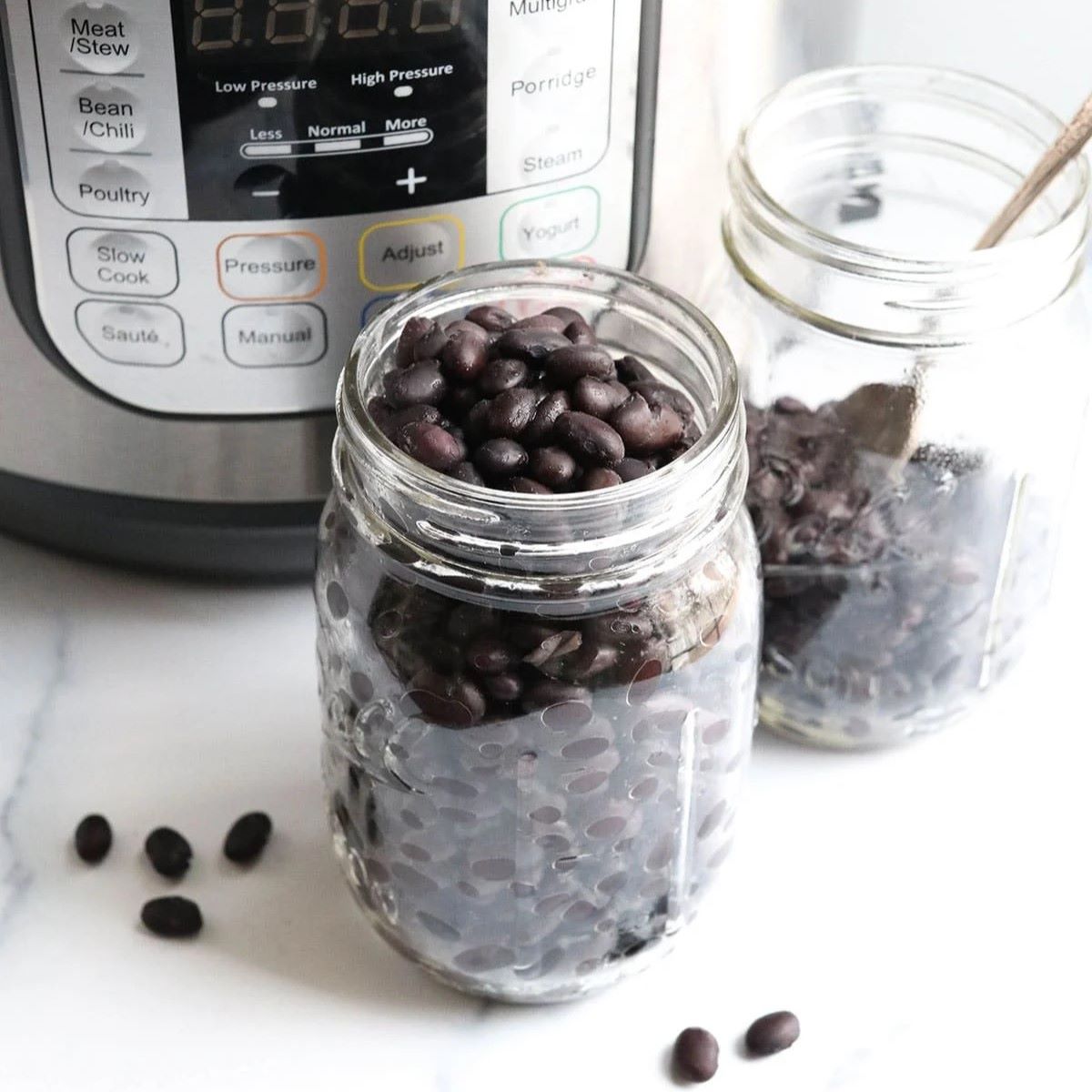
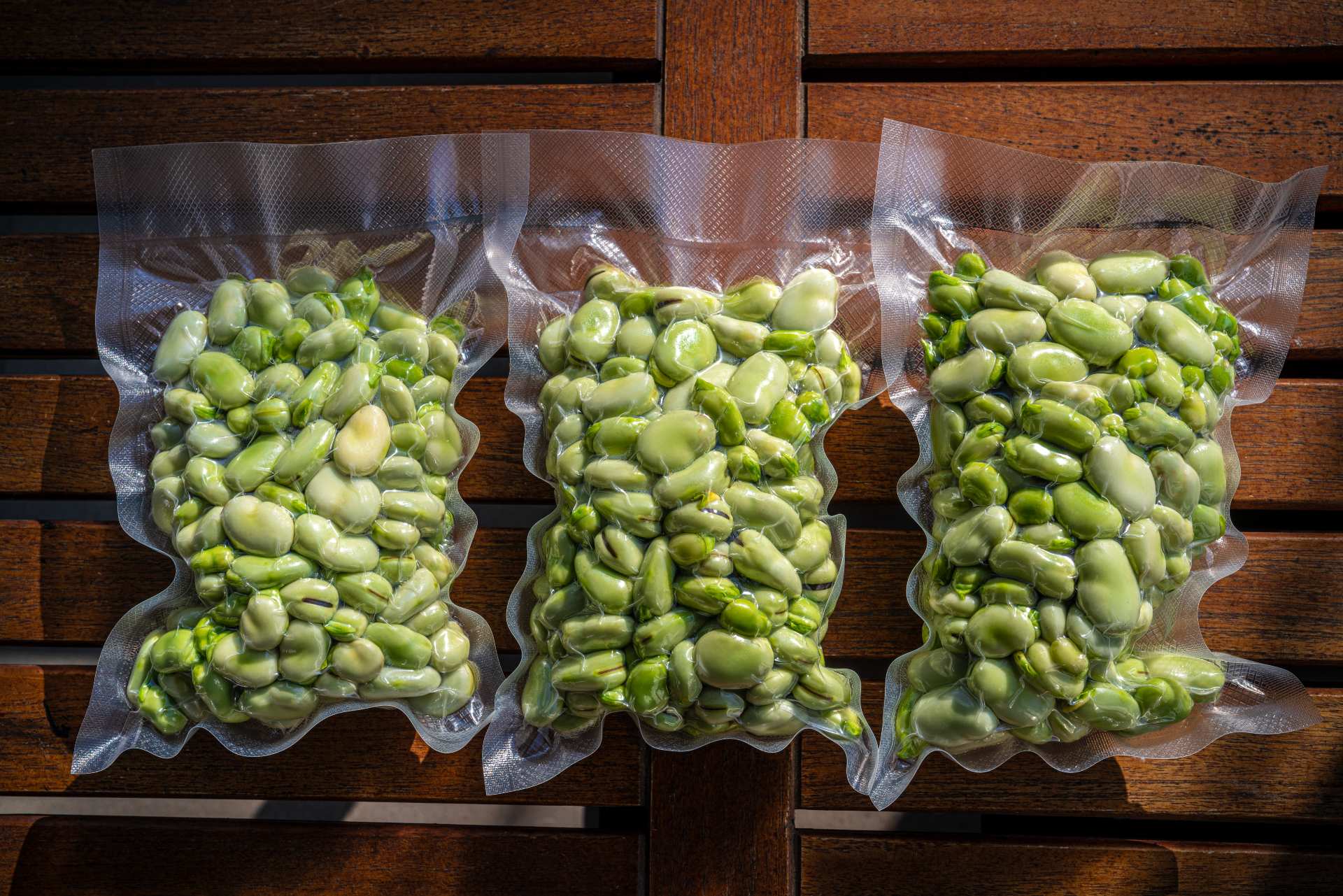
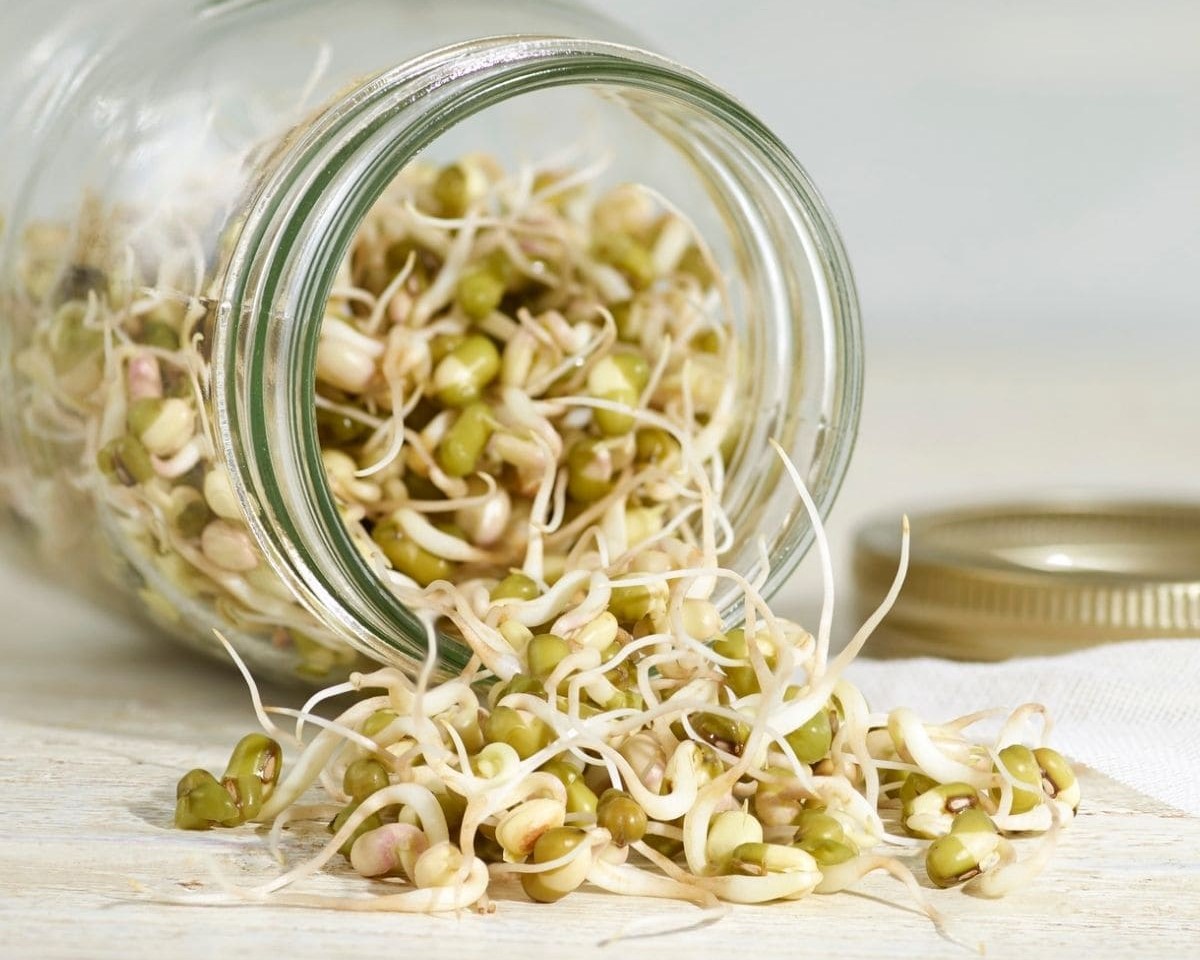


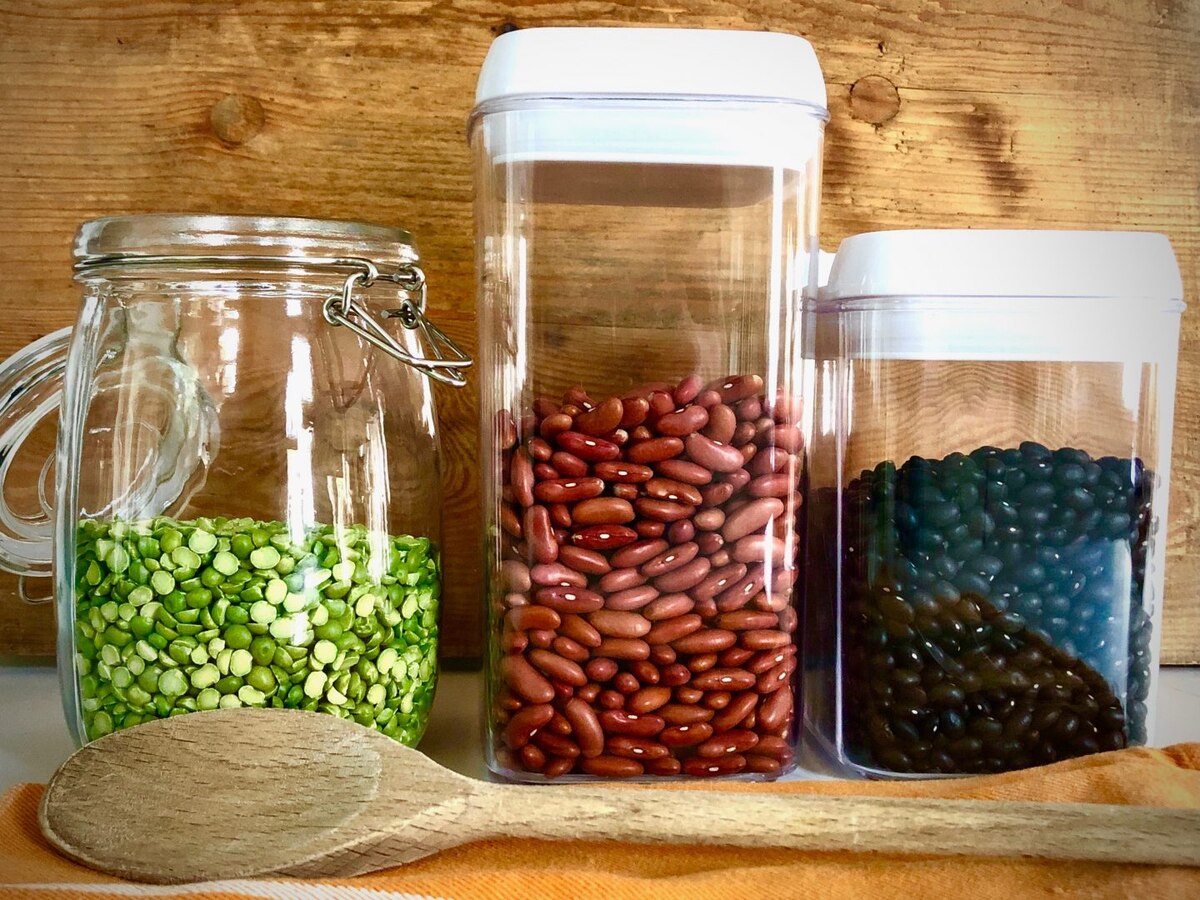

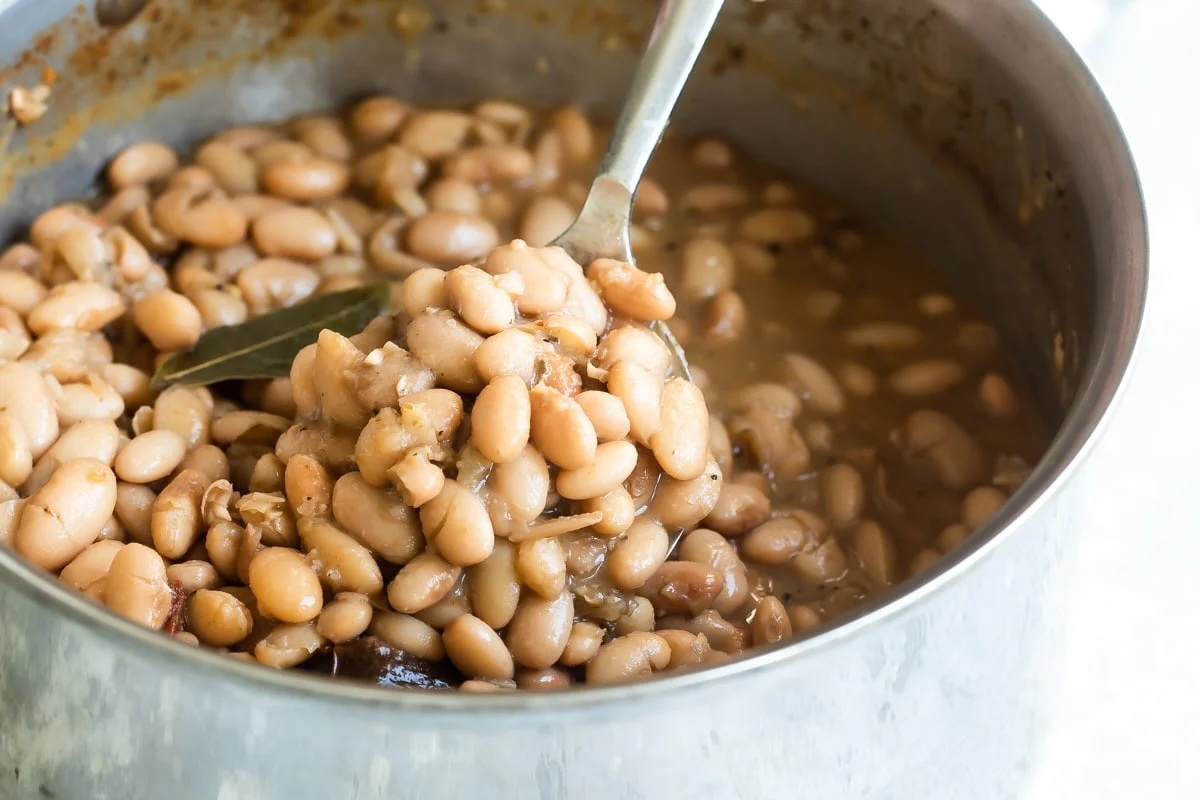
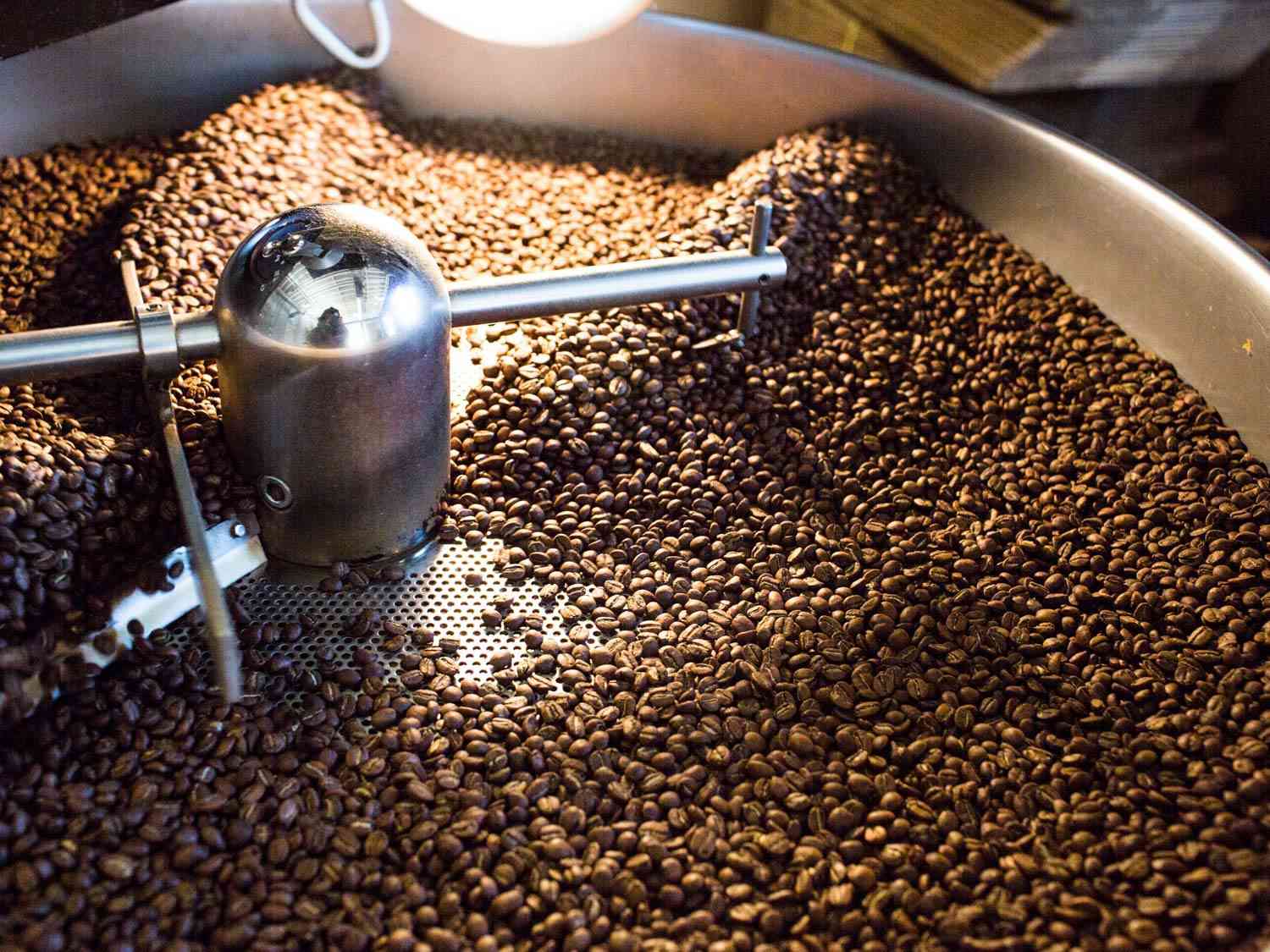
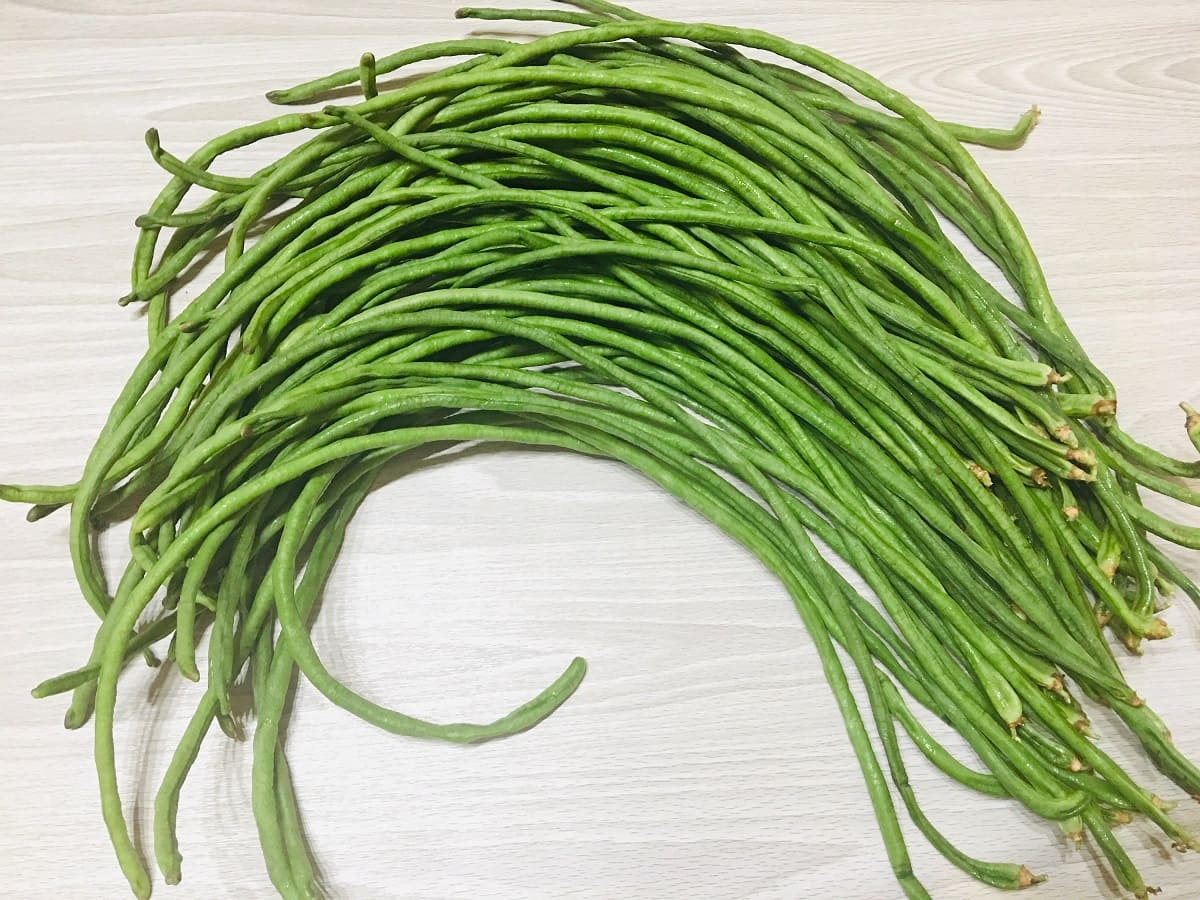




0 thoughts on “How To Store Canned Beans”